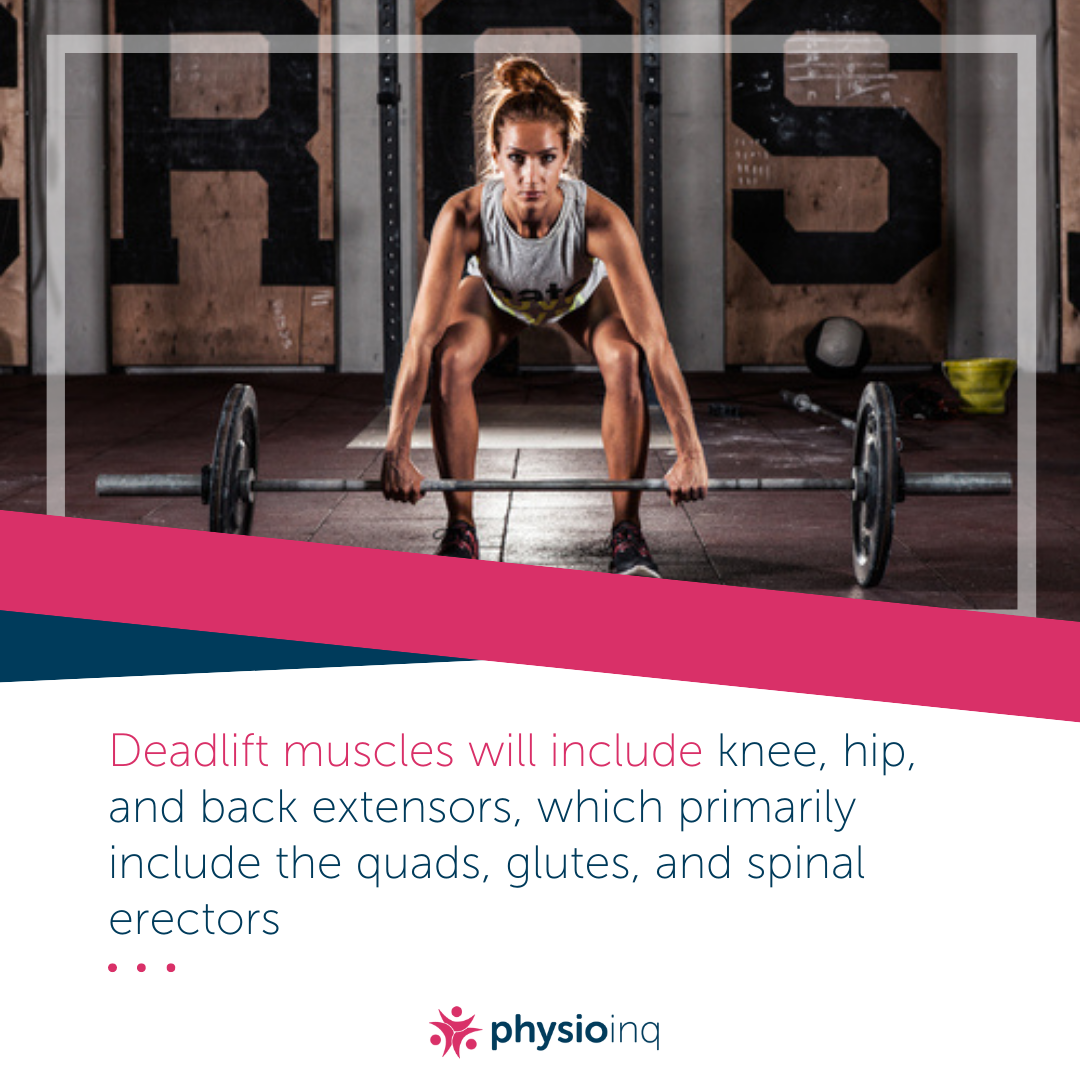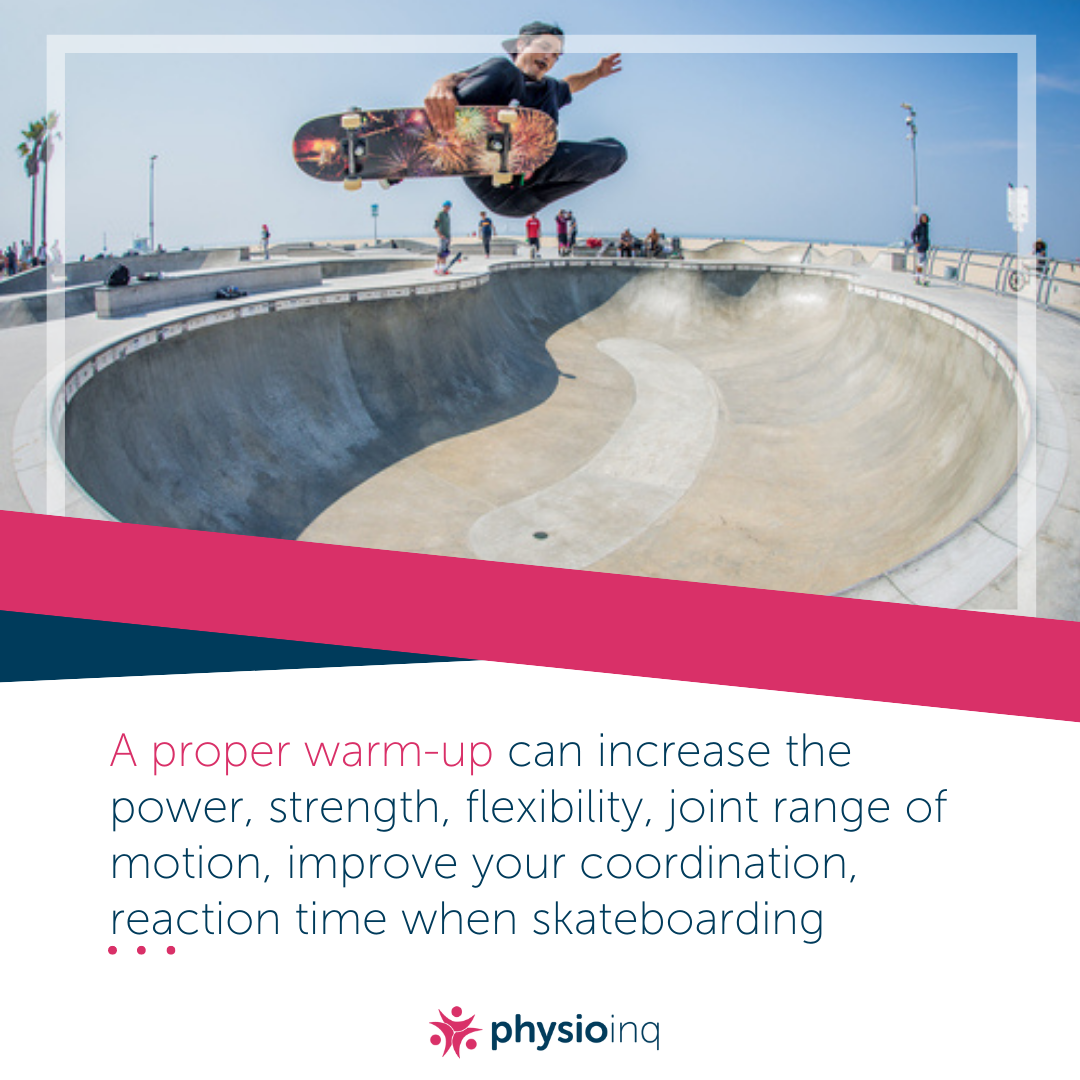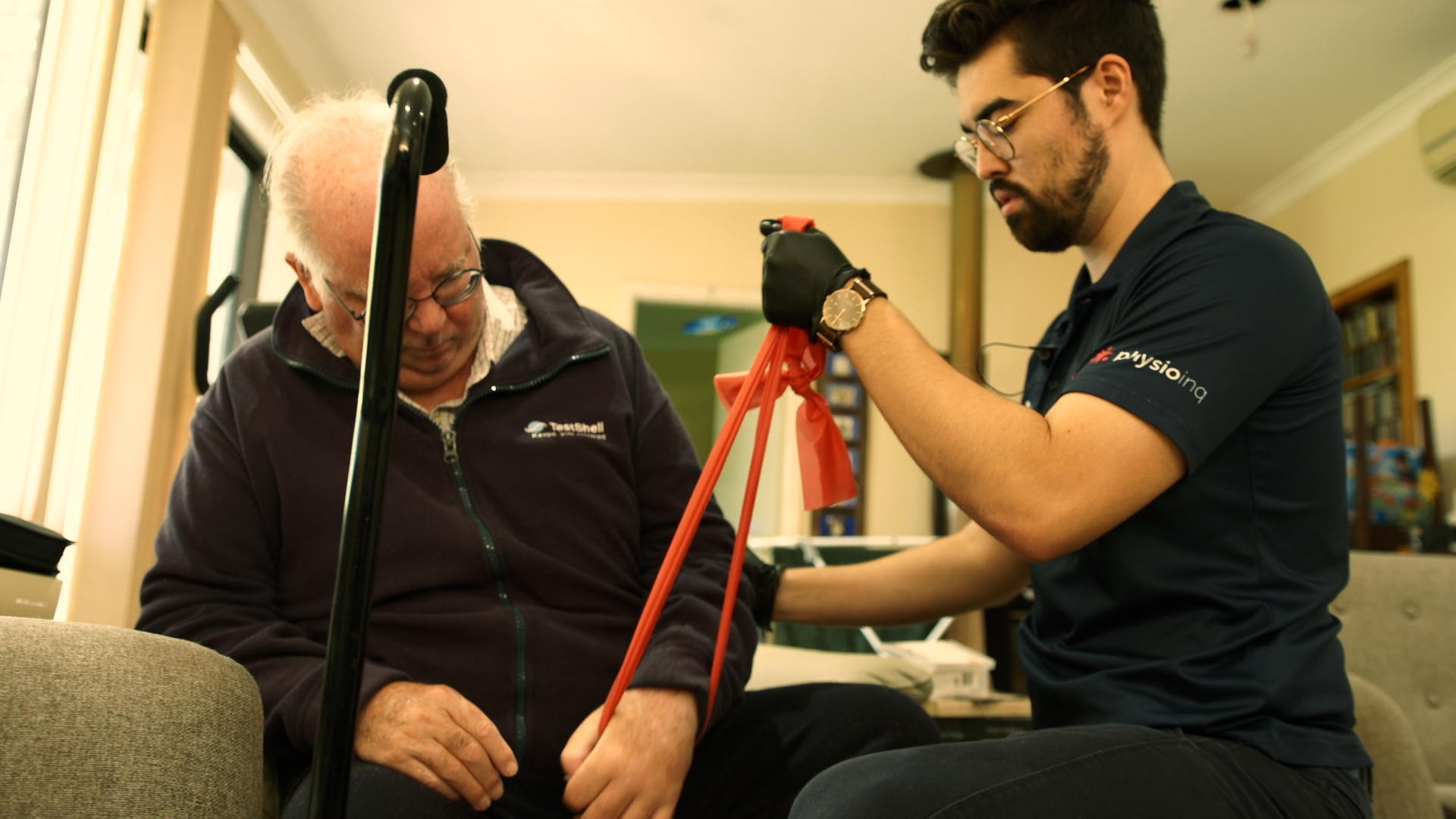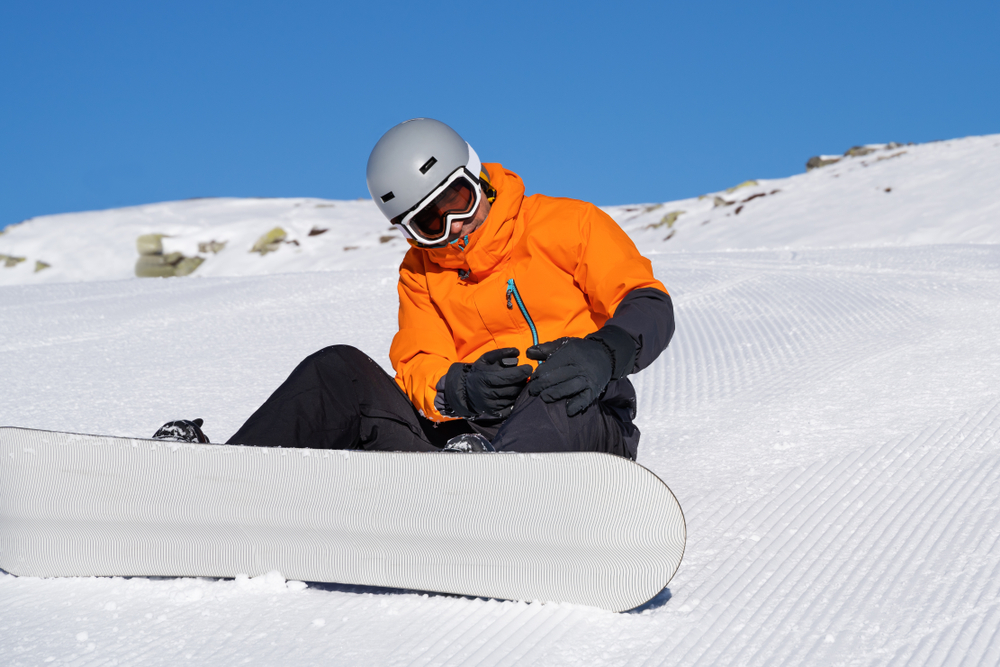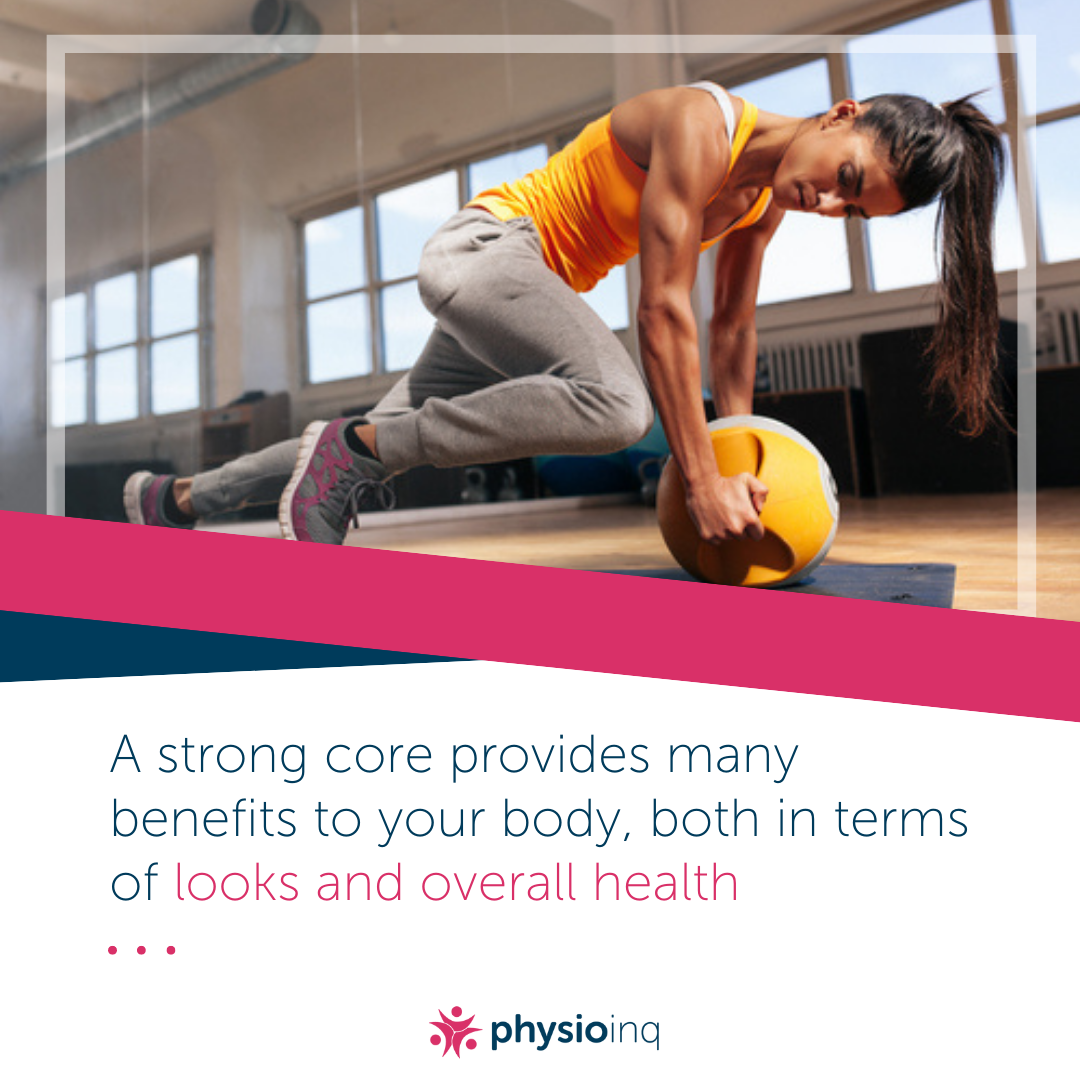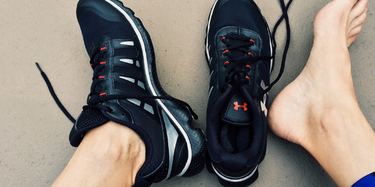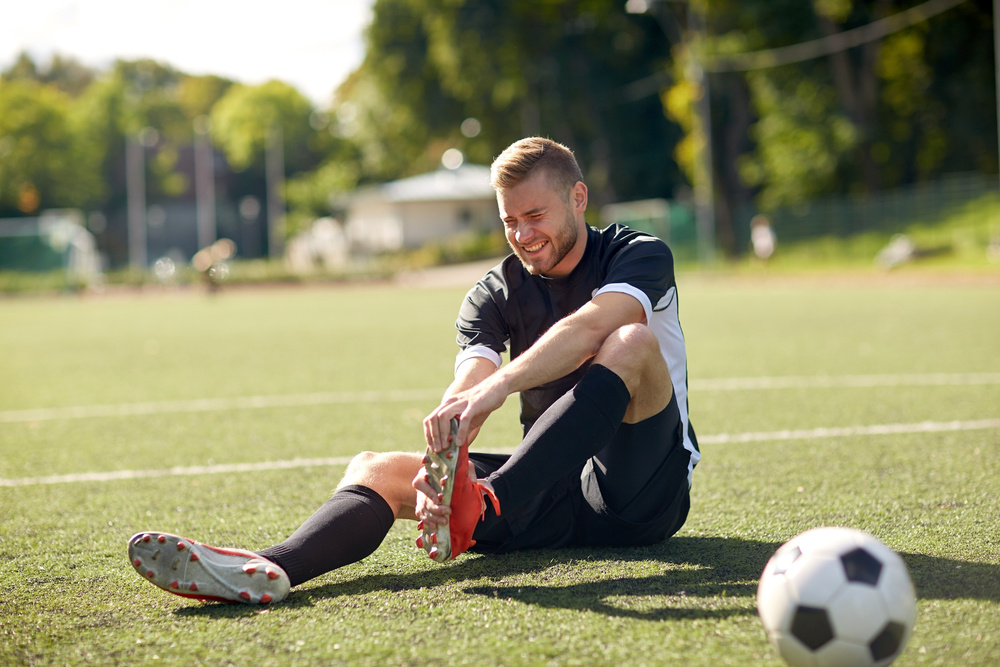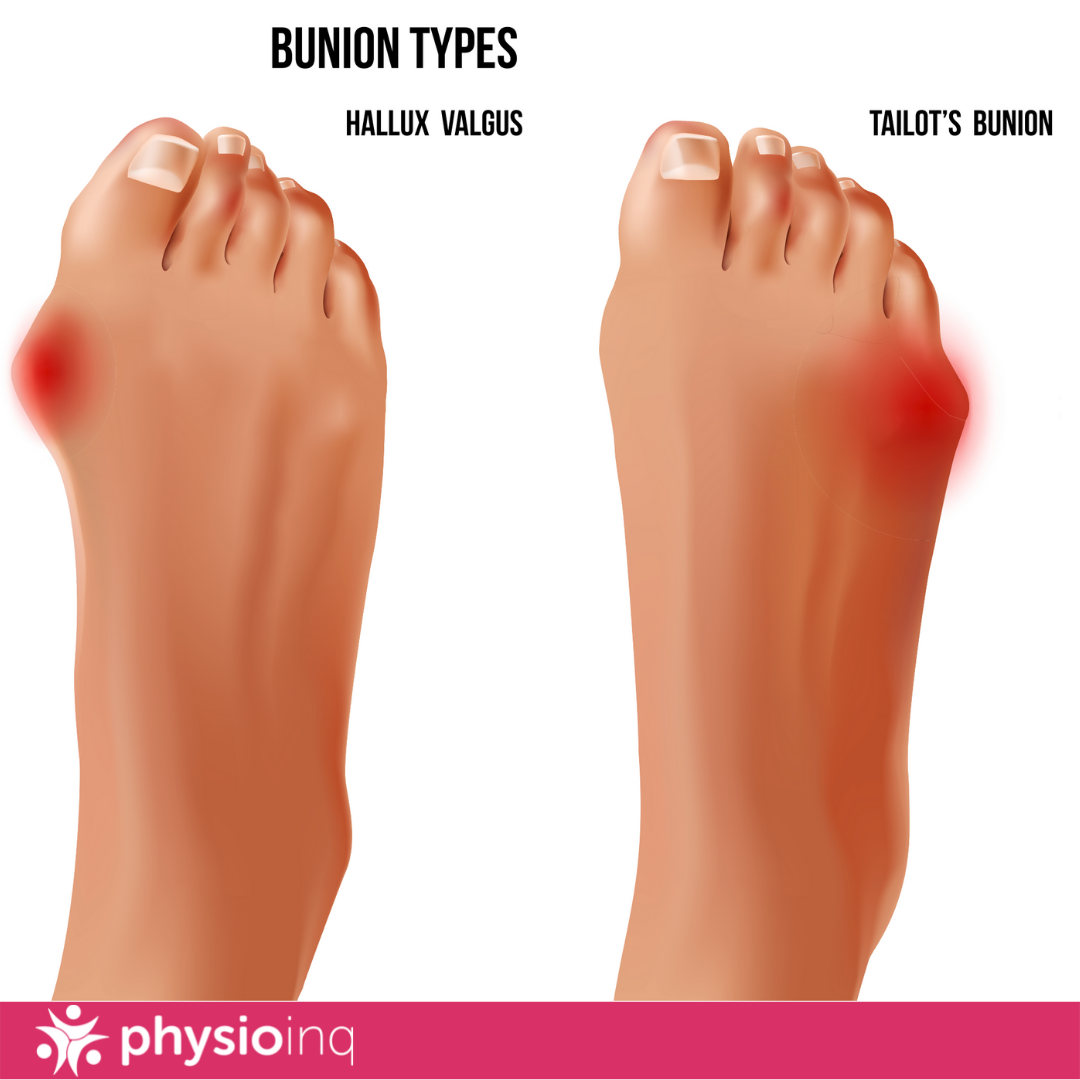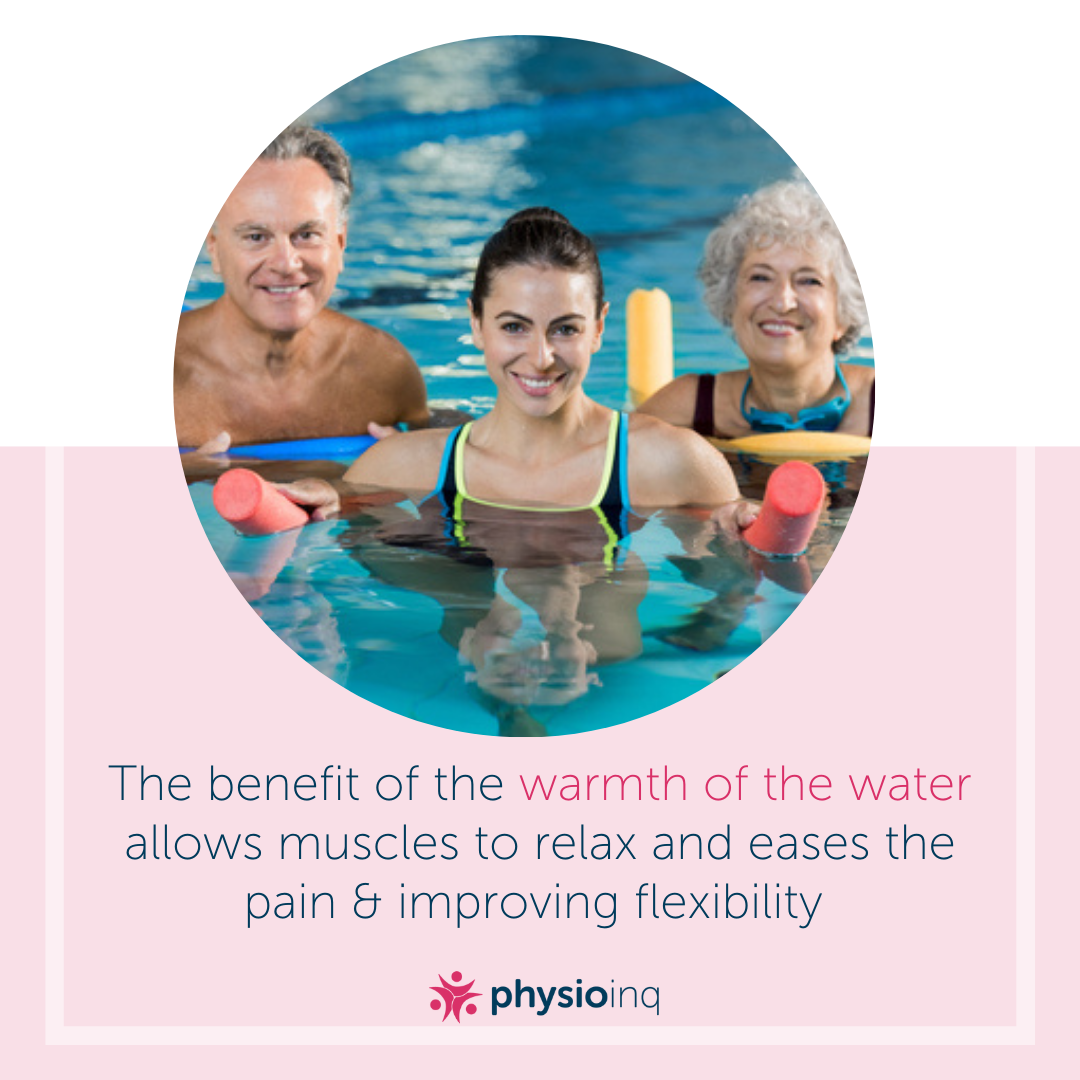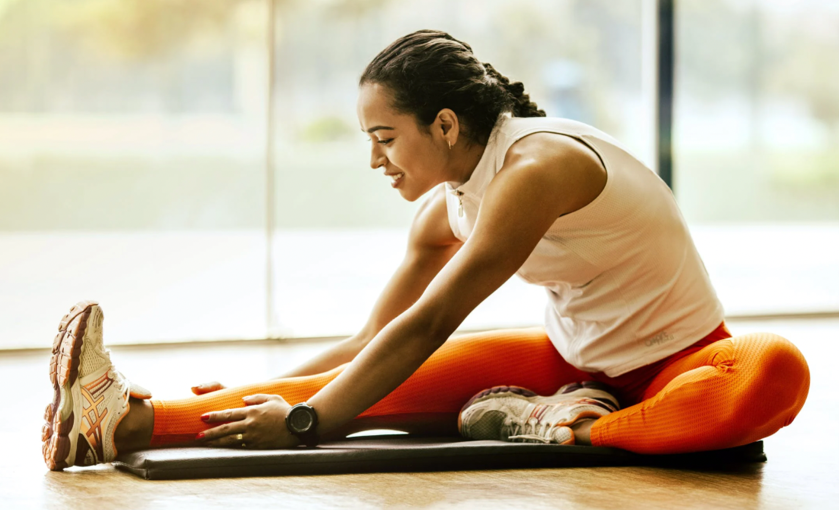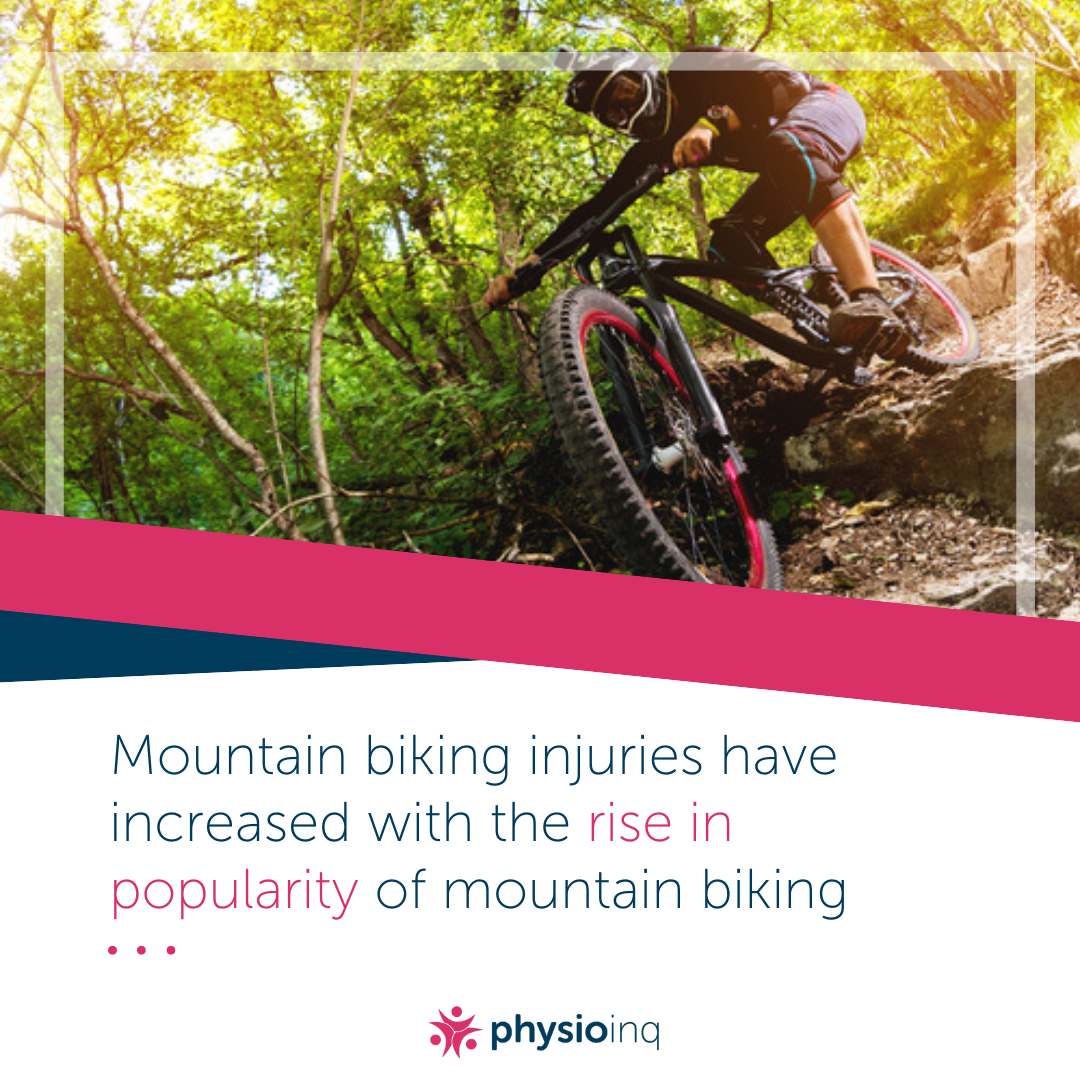Make an Appointment
In this series of articles, I’m looking at clipless pedals! Part 1 was about why you should use clipless pedals (hint: for performance and comfort!); Part 2 will now go into more detail about types of cleats for clipless pedals including of the amount of “float” available; Part 3 goes into how to position your cycling cleats for optimal power and to avoid risk of injury.
Once people are convinced to try clipless pedals, the really common question is: “What type of cleat should I have on my bike?”
The type of cycling shoes and associated cleat you have on your clipless pedals is an important decision that can change your comfort and performance. There is no one-size-fits-all approach, but here is a general guide. If in doubt, seek professional advice from a Physiotherapist or get a professional Bike Fit!
Road Cycling
The recommended option for road cyclists is the three-bolt clip-in system (e.g. Shimano SPD-SL) which provides a large, stable platform enhancing power transfer, with three cleat options for adjusting how much “float” you will have. The differences between each cleat option vary with brand, but include: colour, attachment point, and the degree of lateral rotation available (a.k.a. “float”) once the cleat is clipped-in. Downside: they’re very difficult to walk in.
Mountain Biking
The recommended option for mountain bikers is two-bolt clip-in shoes, which have a recess so you can walk around a bit more comfortably; and are easier to clip into.
In this video I talk you through more detail about the types of cleats available, and the advantages and disadvantages for different types of cyclists.
The bolts allow you to tailor the position for your own comfort (and injury avoidance): adjusting the “float” or tension of pedals means you can swivel your foot to protect your knees. This video shows you how to loosen and tighten clipless pedals.
In the final article Clipless Pedals Part 3 | Positioning Cleats for Clipless Pedals, we’ll look at how to position your cycling cleats.
If you want more guidance on how to improve your cycling performance or comfort or move better after a cycling injury, book in with me for a Cycling Functional Assessment, Cycling Injury Physiotherapy Consultation, or Bike Fit. Find out more about Bike Fits here.
Date Published: Friday, March 5, 2021
Locate a Mobile Physiotherapy
Service Near me
Get the experience & convinence you deserve to support your or a loved one's allied health needs.
Our Mobile Physiotherapy team are currently serving & taking appointments in the following states and regions in Australia:
Need to get into direct contact with ur Client Services team? We're all ears. Call our team directly on 1300 731 733


